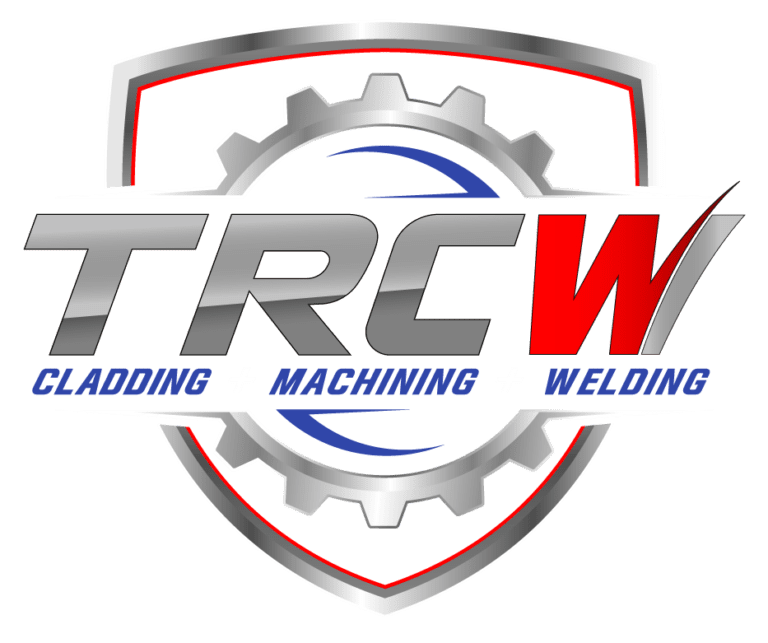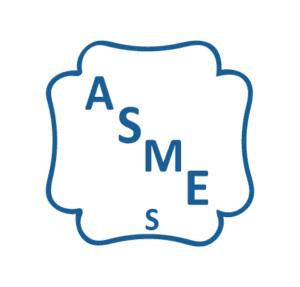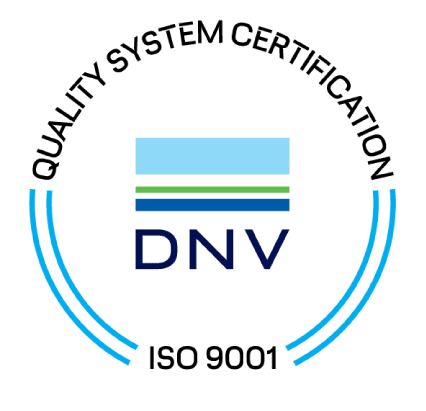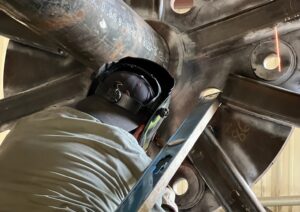
Spooltech Industrial Fabrication



Why Spooltech
Equipment delivered late or that doesn’t meet safety and operational standards can put an entire project on hold.
Are you stuck choosing between paying a premium to a large vendor or going with a smaller one that may sacrifice quality to win your bid?
We provide a variety of services including design and engineering, cladding, fabrication, heat treatment, non-destructive examination, plate processing, and DNV-GL Engineering and Manufacturing–all performed while keeping the industry’s highest quality and shortest lead times in mind.
Empowering our team to bring creativity and innovation to our quality solutions.
What started out as a wood spools manufacturer has grown, becoming a leading provider of metal spools, skids, piping, vessels, and a variety of custom fabricated solutions.
From Design to Delivery
- Design
- Create
- Deliver
Spooltech excels at creating custom engineering solutions for our clients. We’ll design your project from scratch, or help you modify existing equipment to fit your needs.
Whether you use our in-house engineering team to design your custom project or bring us your third party drawings, we’ll implement your design to the industry’s highest quality standards.
Transport and delivery of your equipment can sometimes present as much of a challenge as its design and manufacturing. Luckily, Spooltech provides a custom delivery solution tailor-made for your project’s needs.
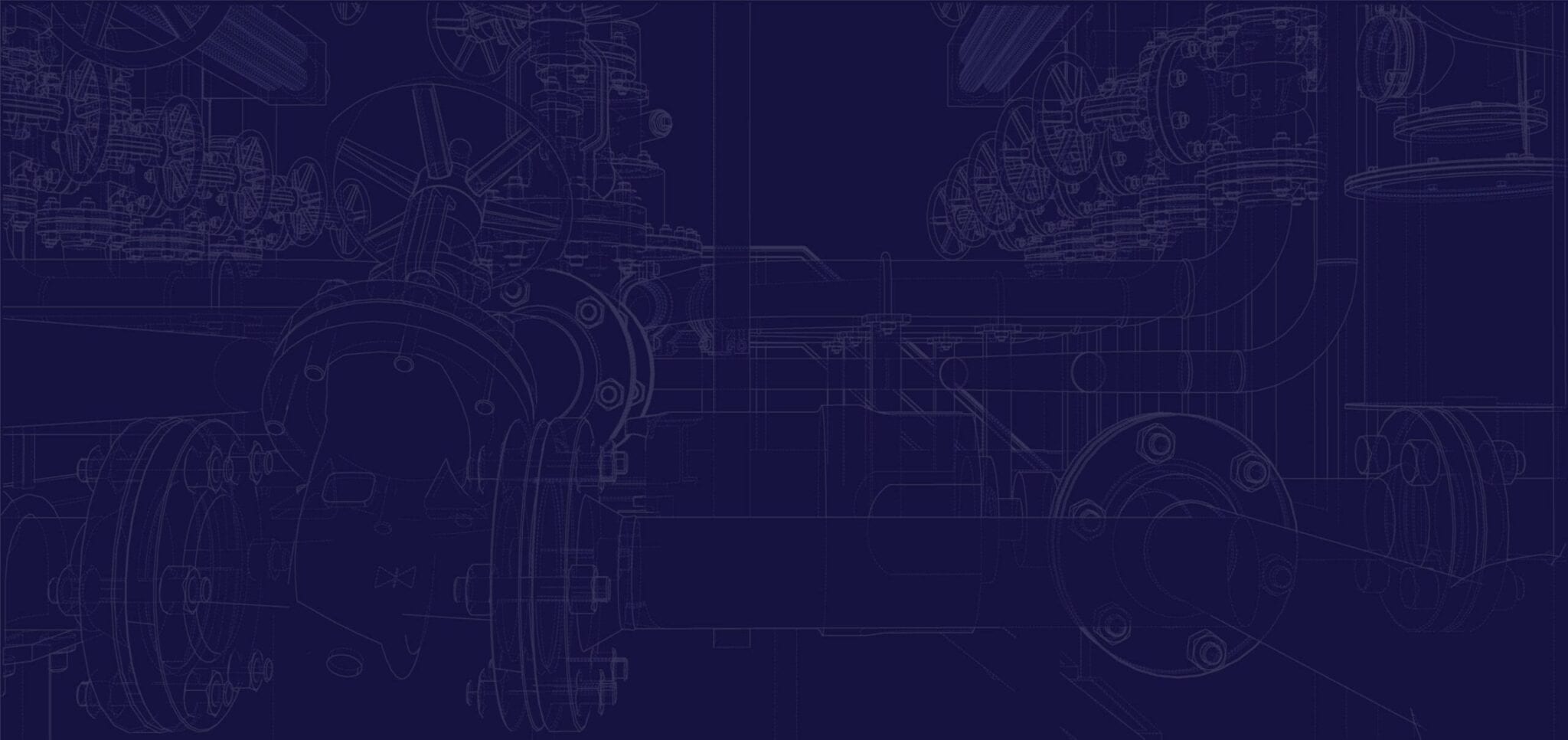
Engineering Efficiency01

Quality You Can Count On02

Creative Problem Solving03
Professionally Engineered & Manufactured

Process Piping
Custom fabricated piping solutions engineered and designed to meet ASME & API standards.

Equipment Build & Modifications
Modifications to existing machinery & conveyors, complete equipment rebuilds & custom aftermarket parts.

Stainless & Mild Structural Steel
Specialty structural steel, high-temperature stainless grades, corrosion resistant stainless grades, and duplex materials.

Industrial Fans & Ventilation
Industrial fan systems manufactured in mild steel, stainless steel, structural steel & aluminum builds.
Protect Your Supply Chain
Today’s supply chains are faster and more complex than ever before.
Spooltech helps you defend your cost structure, maintain quality, and respond to dynamic customer needs.
What People Say
Adam J.
Operations Manager, NOVJohn F.
Quality Assurance, Buxton InterestsAndrew C.
NOVNicolaj S.
EnercorpCarson S.
SchlumbergerAngela B.
HPSAnthony R.
NOVMichael C.
Hit your project times and budgets!
At every stage we supervise your project – from concept to delivery we remain hands on.

